The Canal & Turnaround 10/17/2006 (Day 10 - Page 3)
This is the canal which is fairly narrow... It does not allow two Panamax ship to transverse the canal at the same time! Widening is going on all the time. Loads of explosions as they use dynamite to loosen the soil so the dredge can operate.


Quick... Run outside to see the canal



All the TVs covered the passage

We could watch the canal go bye from our room... The view was great even through the in-cabin TV!
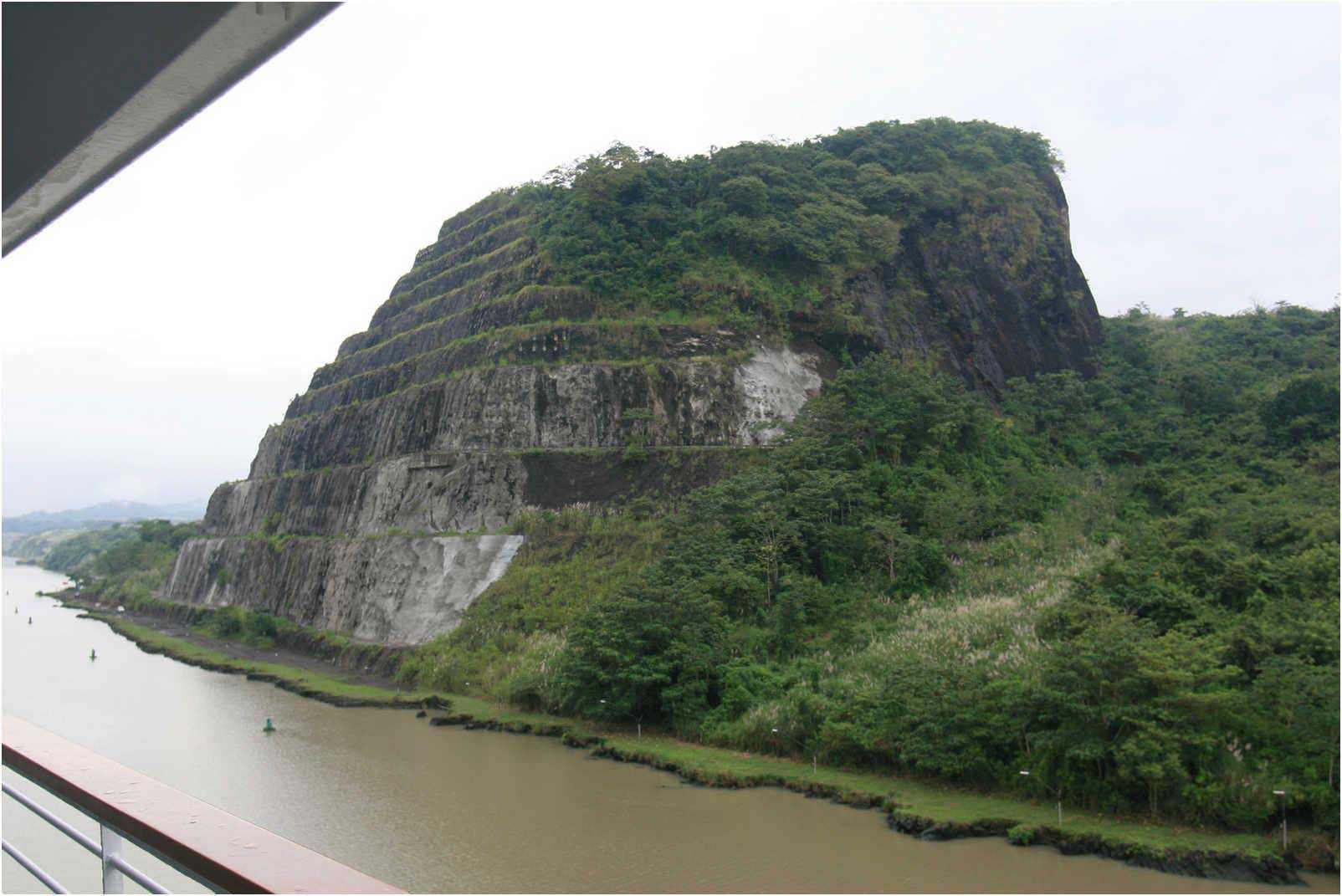
What amazing work

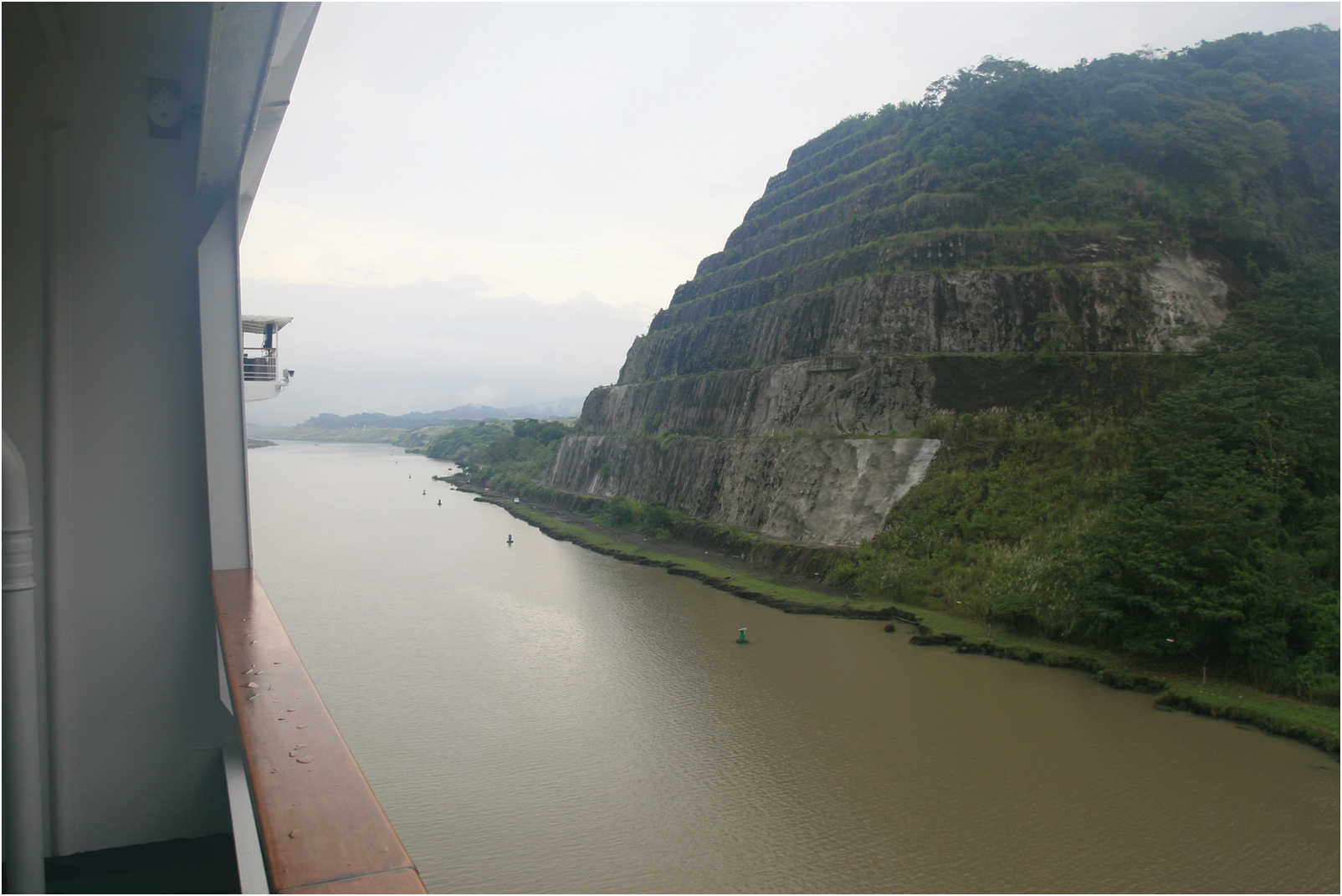

Solid rock carved


One way to swim through the canal

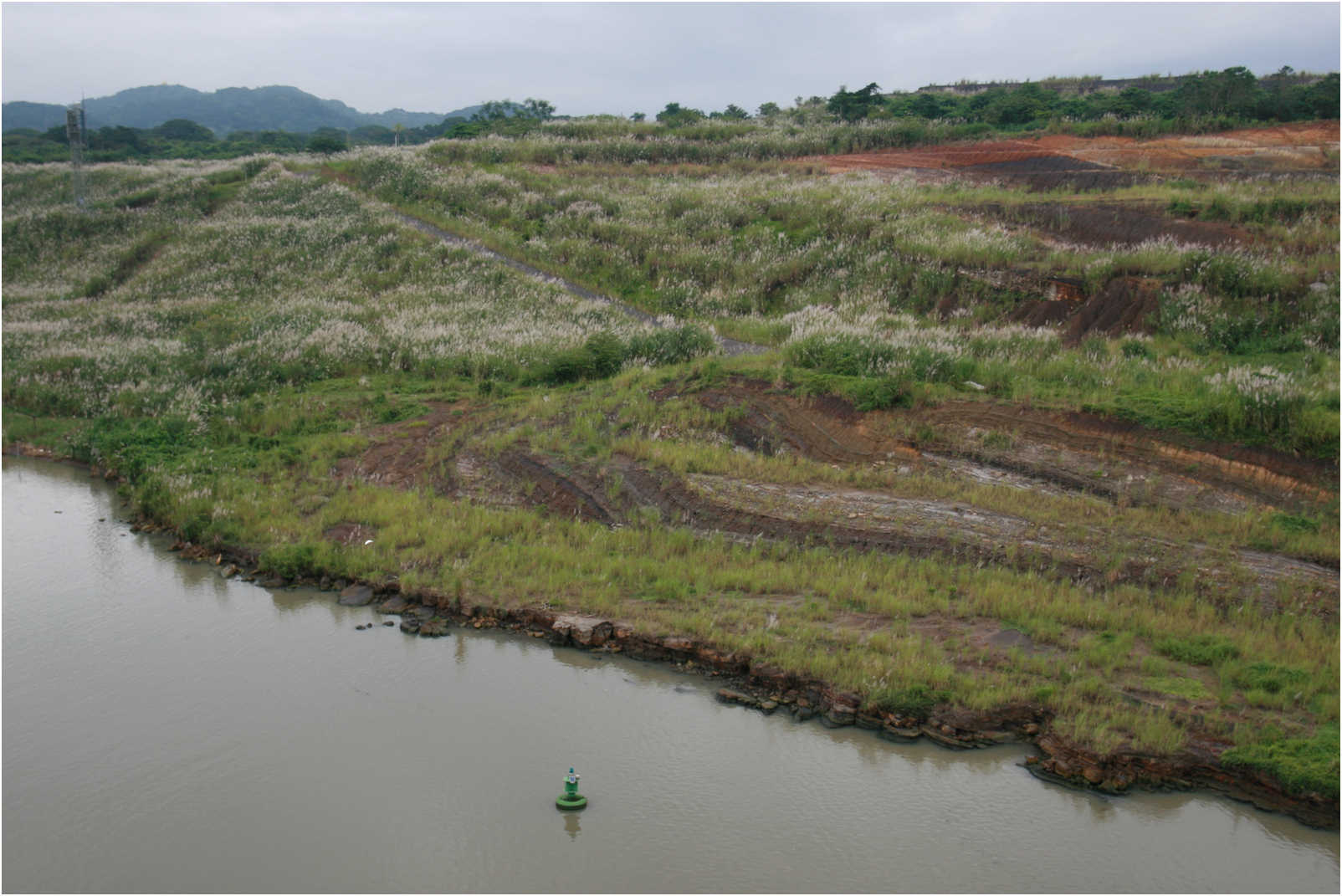


Construction goes on constantly because of the massive amount of rain the area receives.


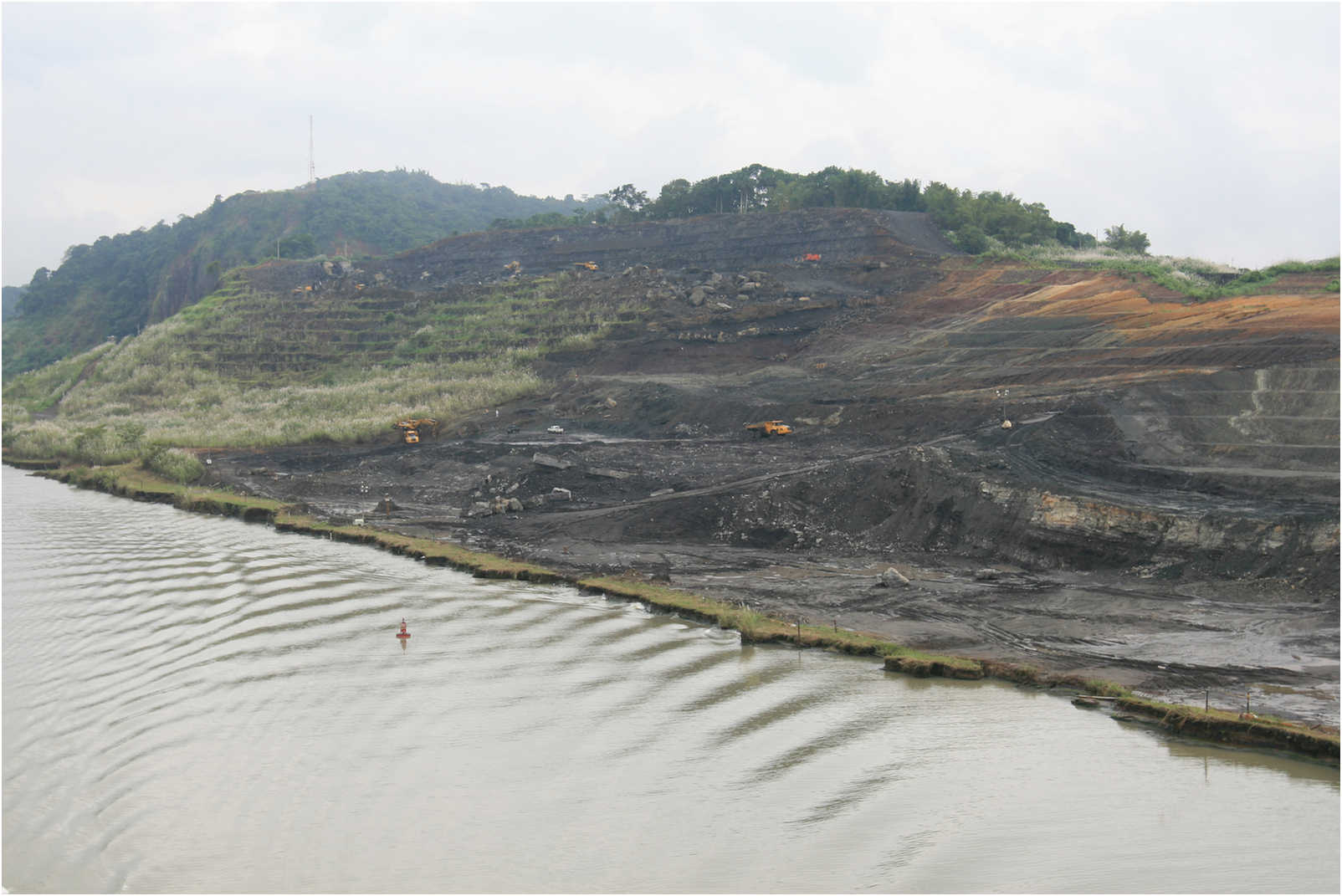


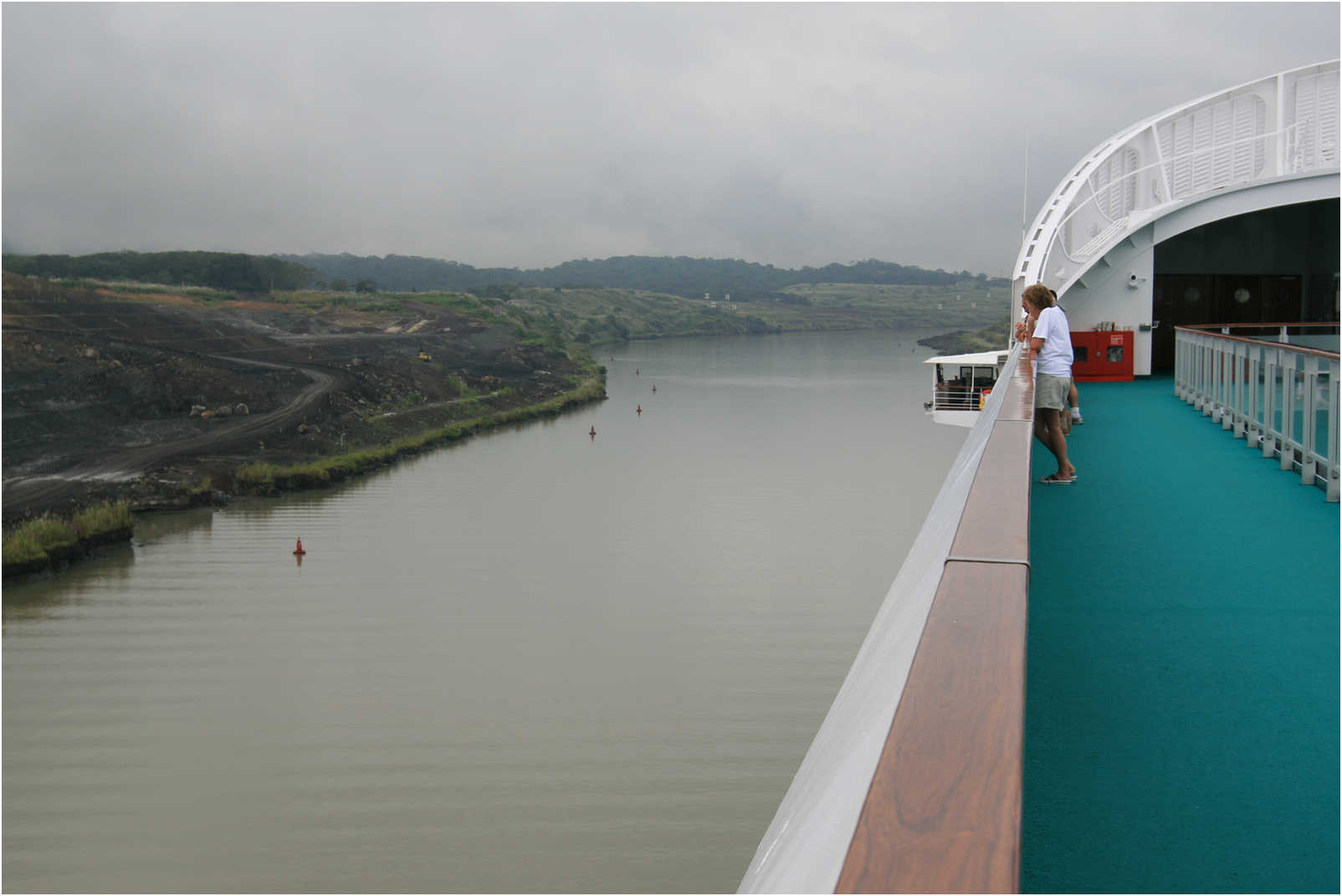
Looks cool... It is NOT

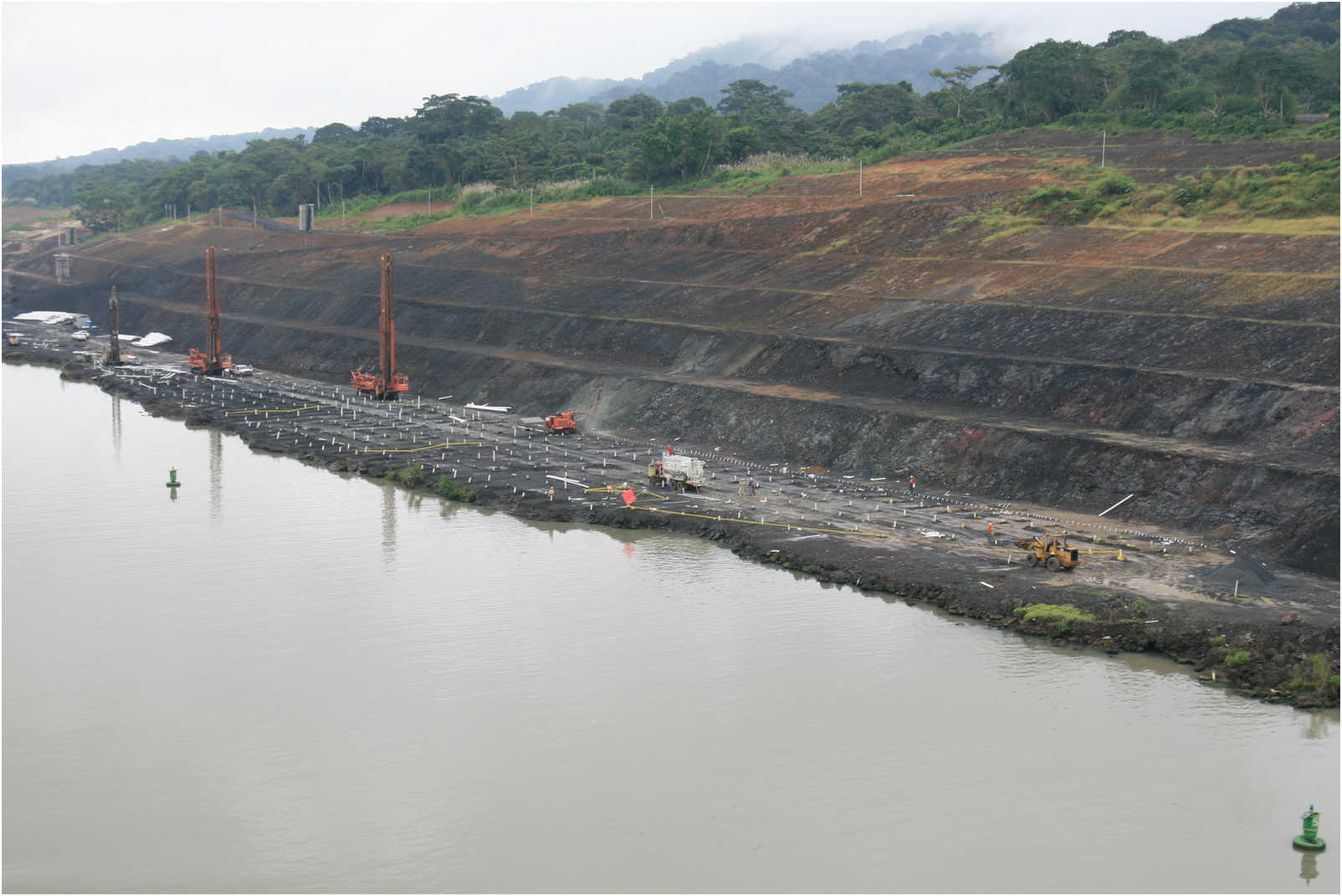


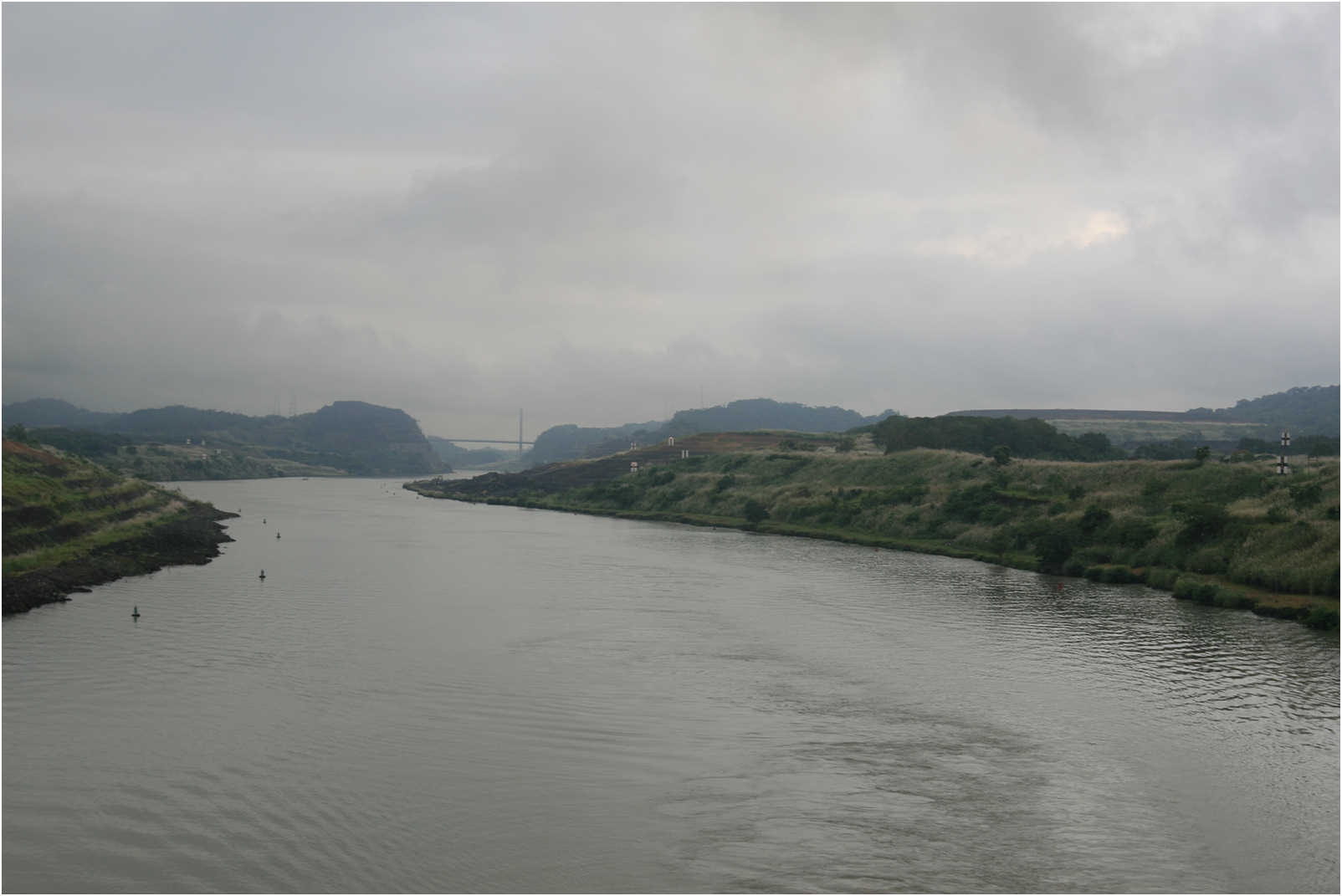
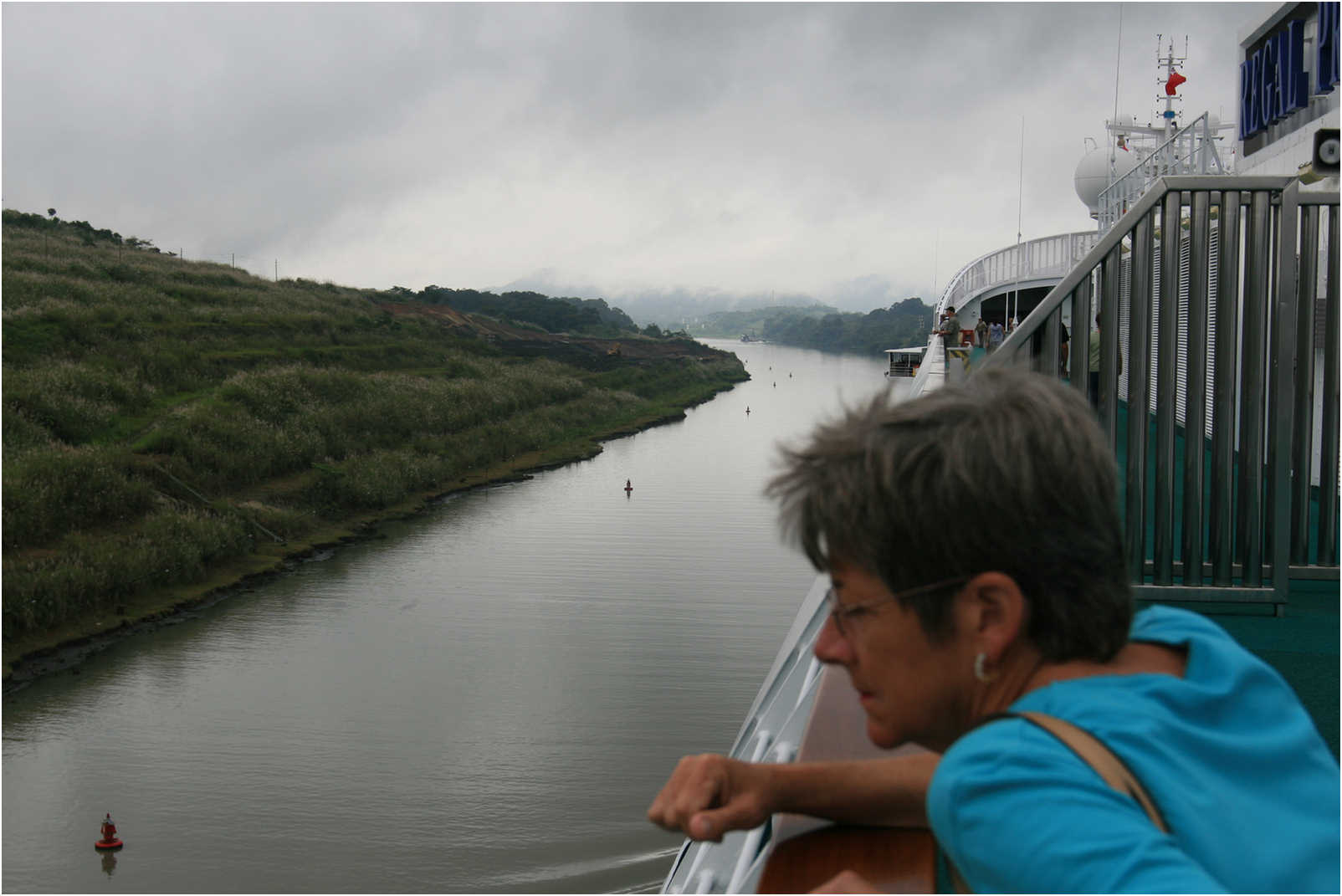
Ships are taken through the canal by one or more pilots, who board each ship before it leaves the terminus. With waiting time, ships may require about 15 to 20 hours to negotiate the canal. The average transit time, once a vessel has been authorized to proceed, is about 9 hours from deep water to deep water. When Gaillard Cut is not being dredged, canal traffic generally proceeds in both directions. The heavy rainfall of Panama makes operation feasible despite the irrevocable loss of large quantities of water with each transit. To conserve water, two or more vessels moving in the same direction are passed through together when their size permits.



MAssive steam shovels in action 24/7 to keep the canal clear of mud and dirt.
Did You Know? - The PCA's mechanical dipper dredger Rialto M. Christensen (RMC) was built in 1977 by the Japanese Hakodate Dock Company in the days when the Canal was still under US governance. Designed to replace several classic steam dipper dredgers, RMC is a diesel-electric, cable-operated vessel designed for what's acknowledged to be some of the most difficult conditions to be found anywhere. Not only does she play a daily role in maintaining navigation channels, but even though the Canal celebrated its 95th year in 2009, there're still several places where its banks have yet to reach their so-called 'angle of repose.' And from time to time landslides occur that create shoals consisting of a variety of material, including large, heavy rocks. It also is playing a key role in the expansion of the canal.
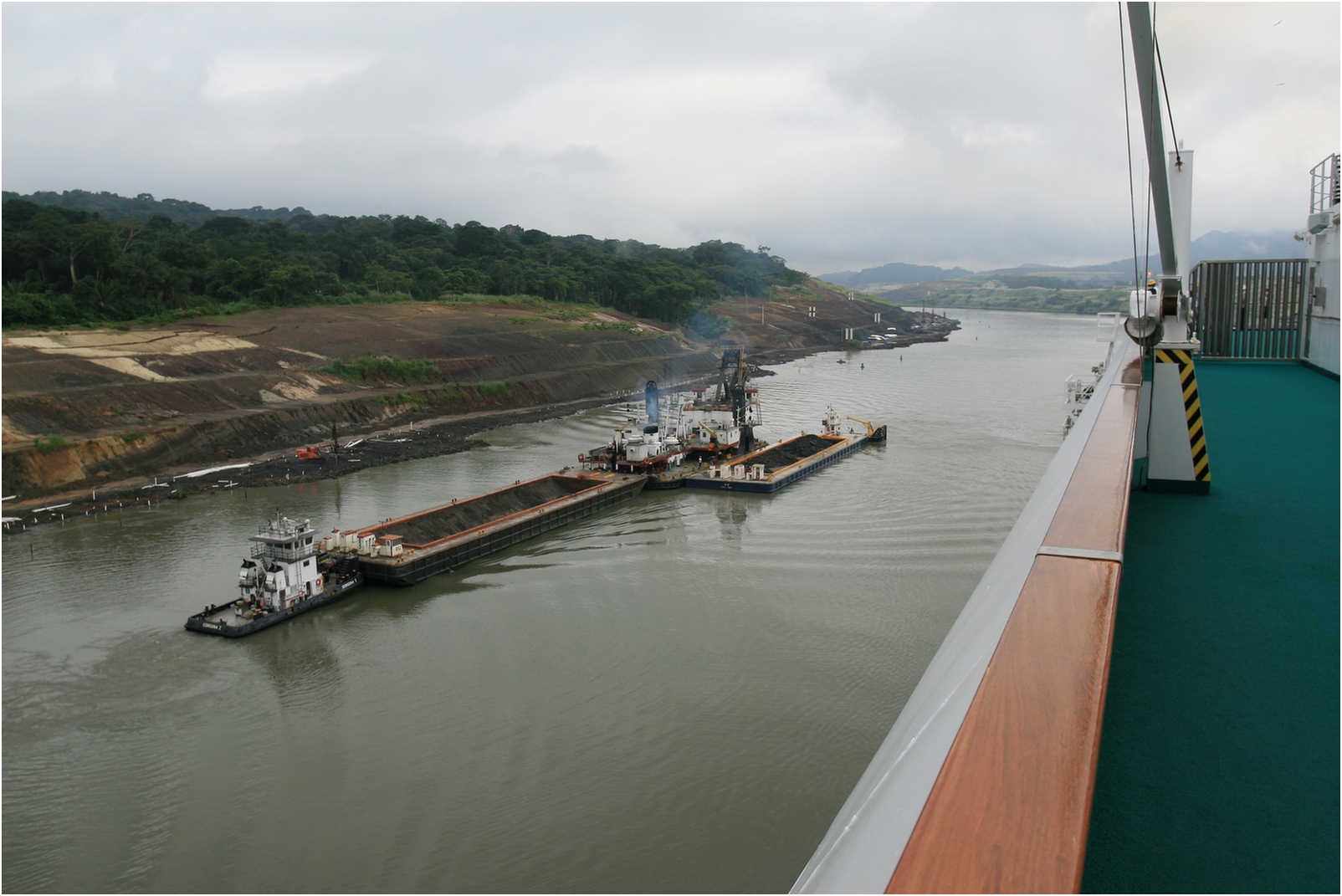


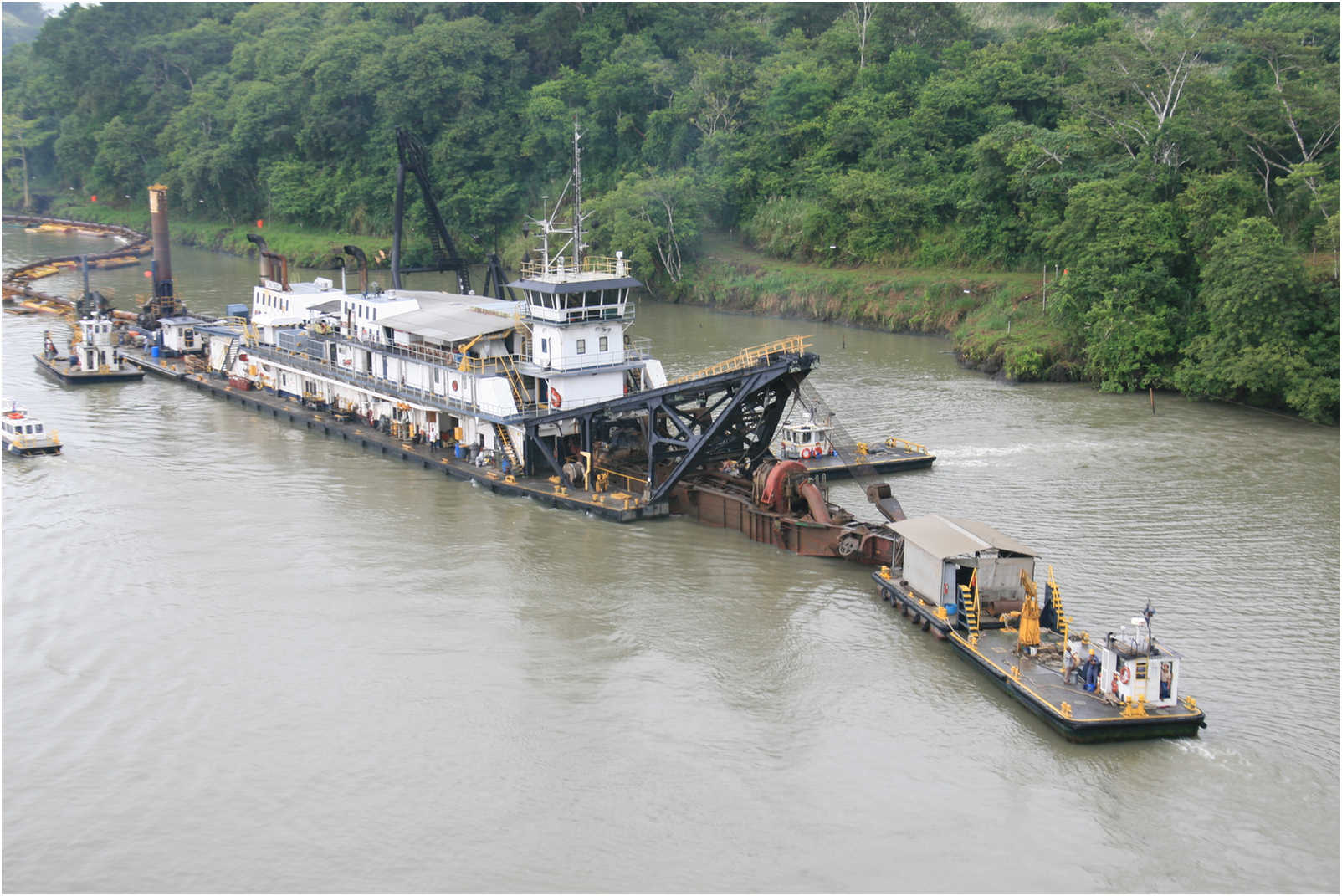



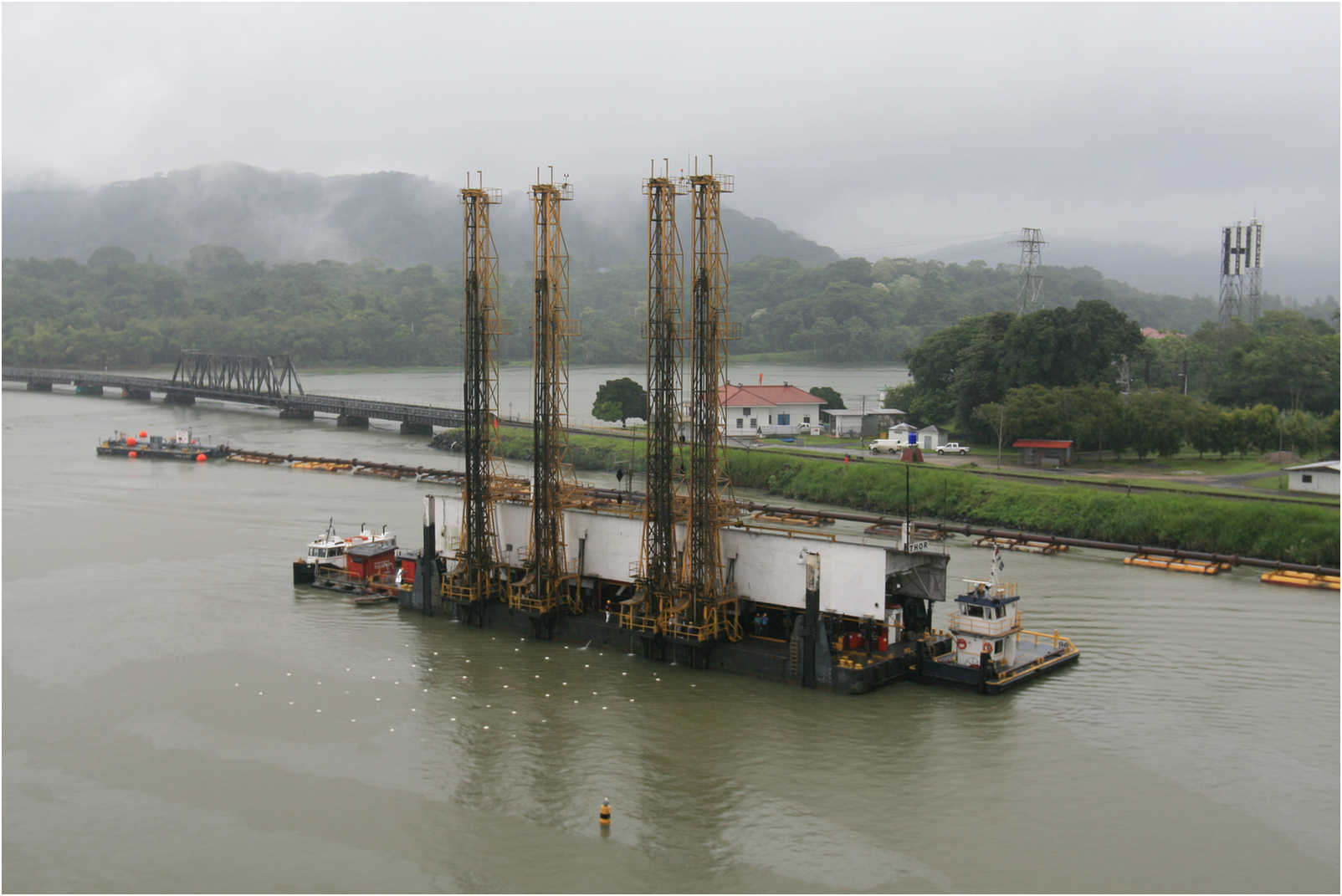

Continual maintenance work on the canal and its associated facilities is needed to keep it in operation in a tropical climate. This includes dredging channels, scheduling overhauls of locks, and repairing and replacing machinery. Because of heavy rainfall and unstable soils, landslides in the hills adjoining Gaillard Cut have been an intermittent problem since the canal was built. Preventive and remedial measures frequently have been taken to keep the channel open, and a program to stabilize its banks was designed to draw away rainfall that might otherwise undercut its slopes. Two major slides have occurred since 1970, the first in 1974 and the second in 1986; in both cases one-way traffic had to be imposed for a time in the affected area.
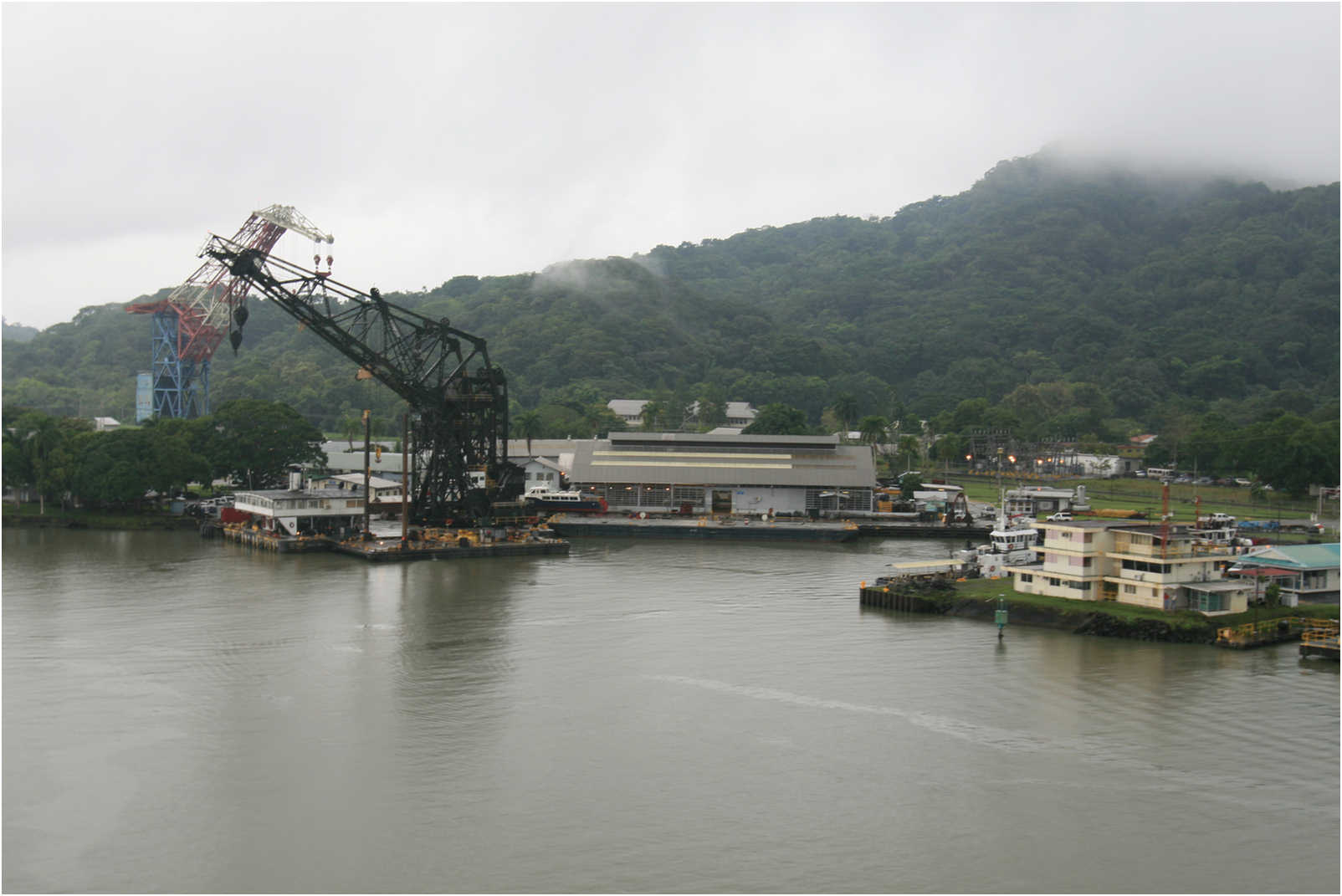




Lake Gatun provides the waterway between the locks on the Atlantic and Pacific sides of the canal!!


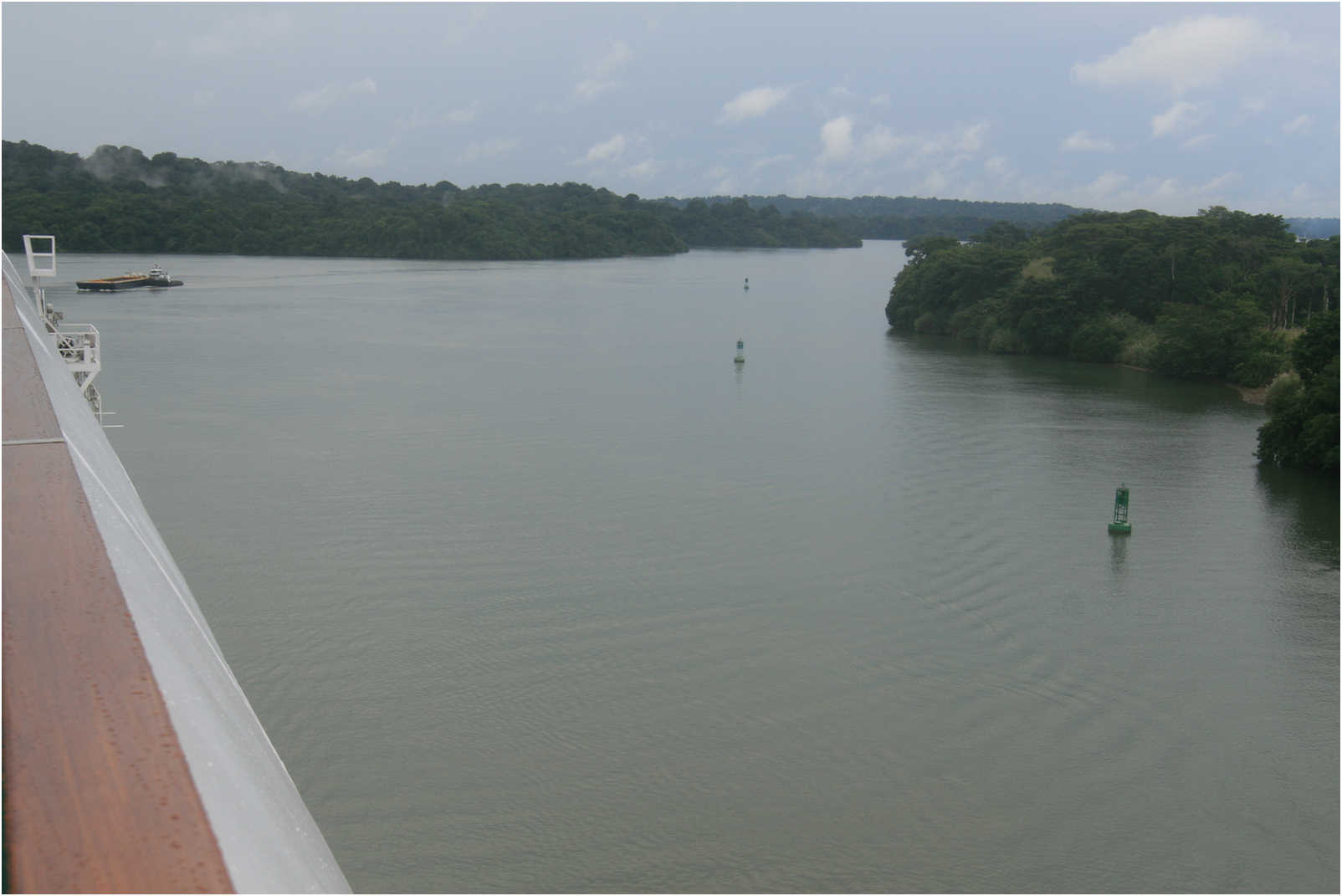






Let me out
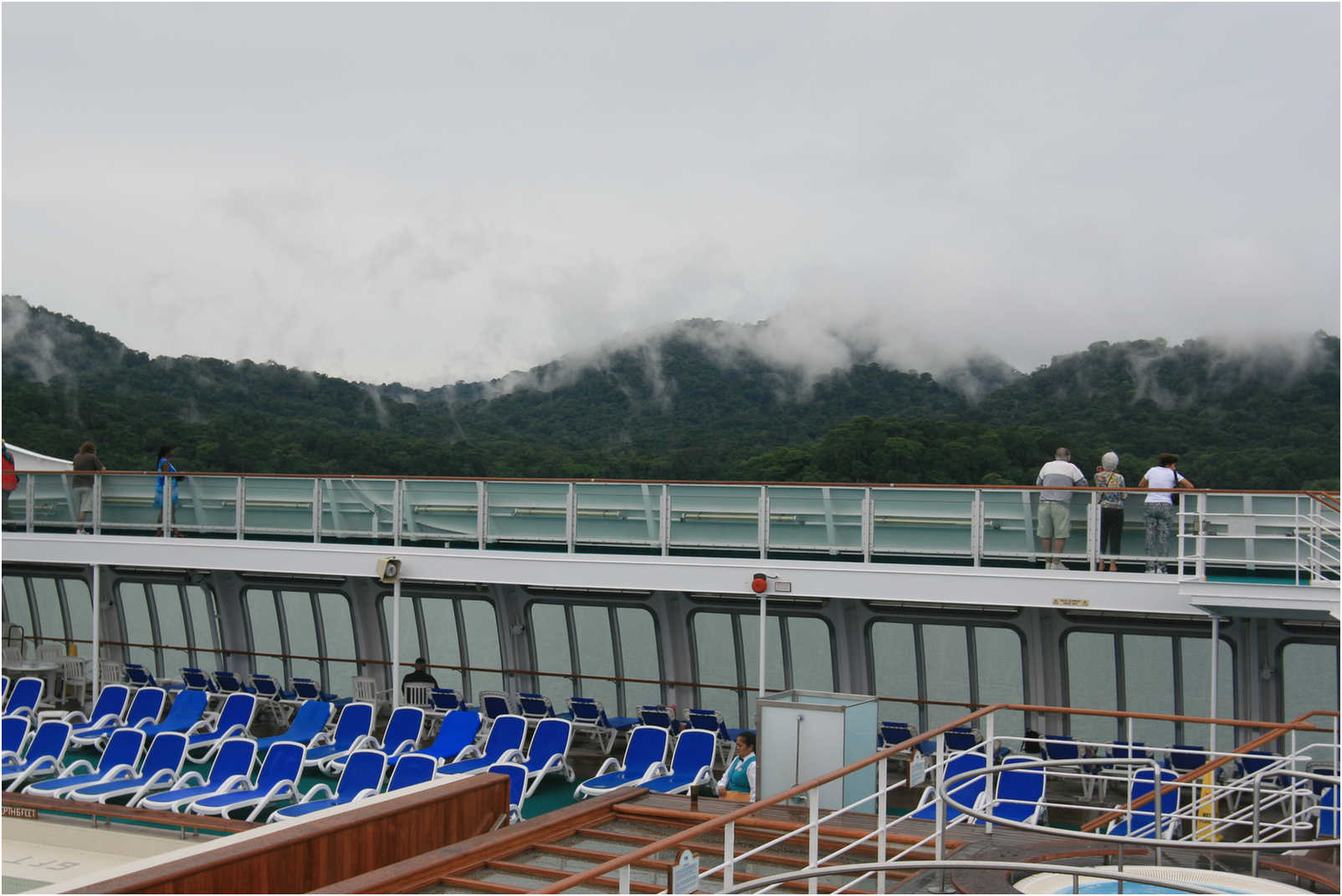
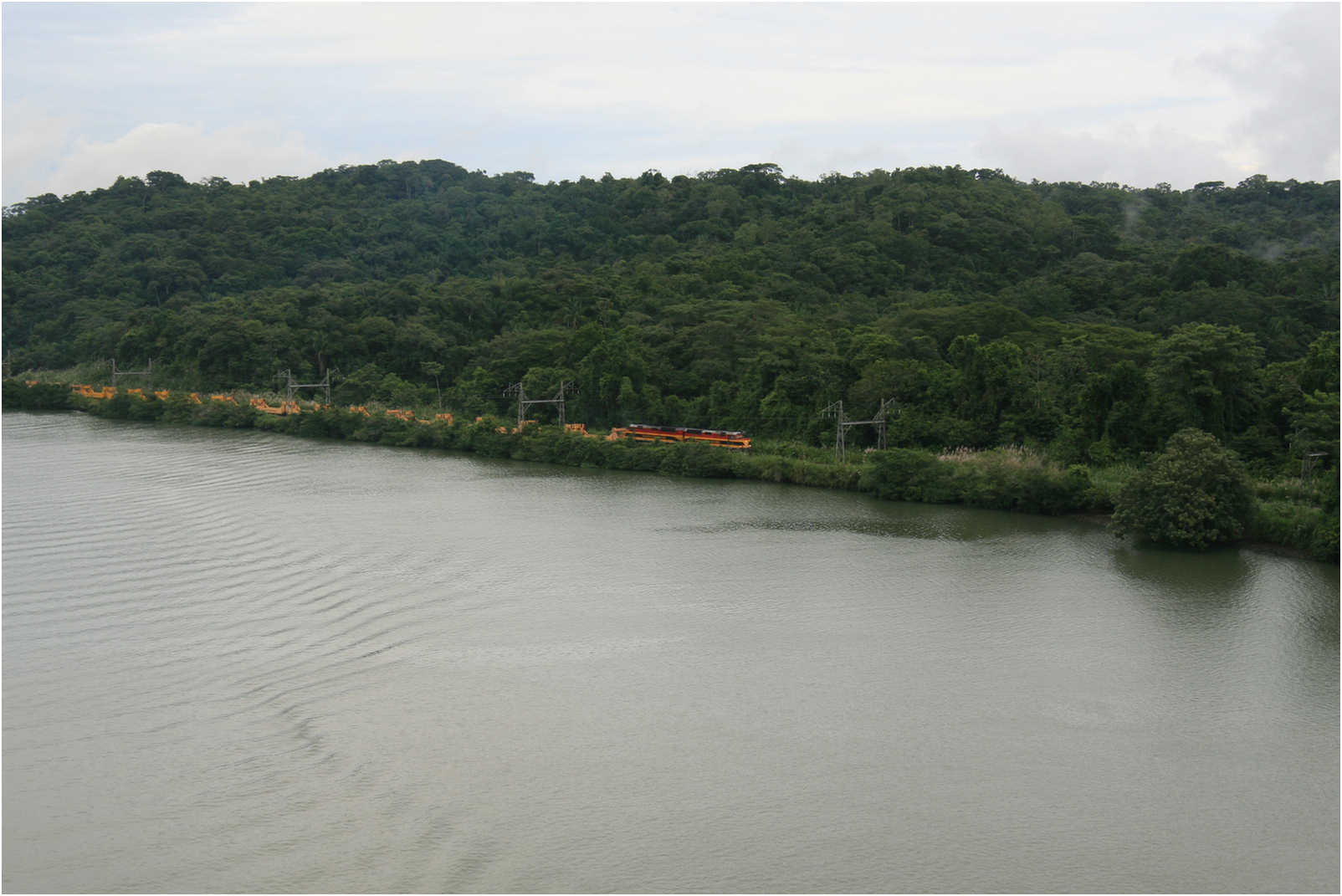

The train run in parallel with the canal

Did You Know? - The Panama Canal Railway Company (reporting mark PCRC) is a railway line that links the Atlantic Ocean to the Pacific Ocean across Panama in Central America. It is jointly owned by the Kansas City Southern Railway and Mi-Jack Products. The route stretches 47.6 miles (76.6 km) across the Isthmus of Panama from Aspinwall (now called Colón) to Panama City (by way of Gatun lake, Bujio, Barbacoas, Matachin, and Summit).
The infrastructure of this still-functioning railroad (formerly the Panama Railway or Panama Rail Road) was of vital importance for construction of the Panama Canal over a parallel route half a century later. The principal incentive for the building of the rail line was the vast increase in traffic to California owing to the 1849 California Gold Rush. Construction on the Panama Railroad began in 1850 and the first revenue train ran over the full length on January 28, 1855. Referred to as being an inter-oceanic railroad when it opened, it was later also described by some as representing a "transcontinental" railroad despite only transversing the narrow isthmus connecting the North and South American continents

